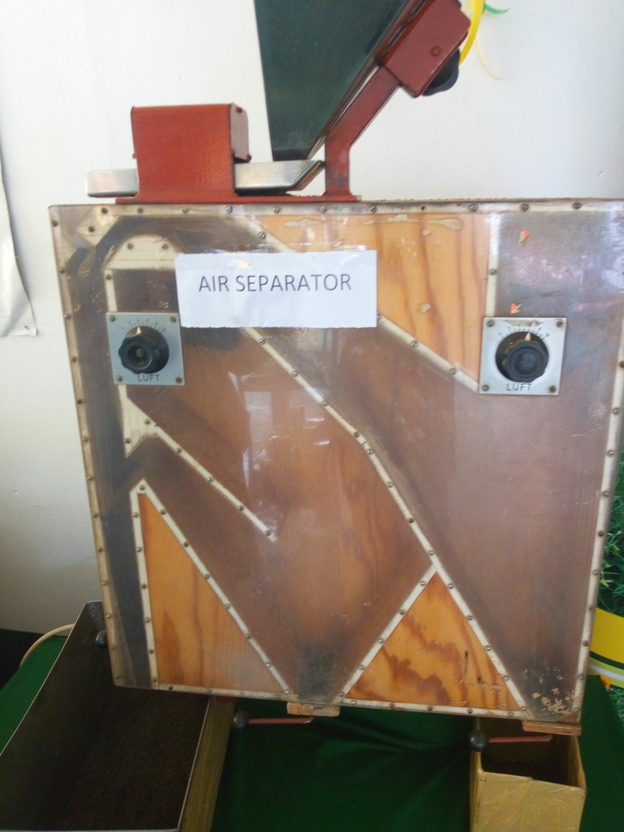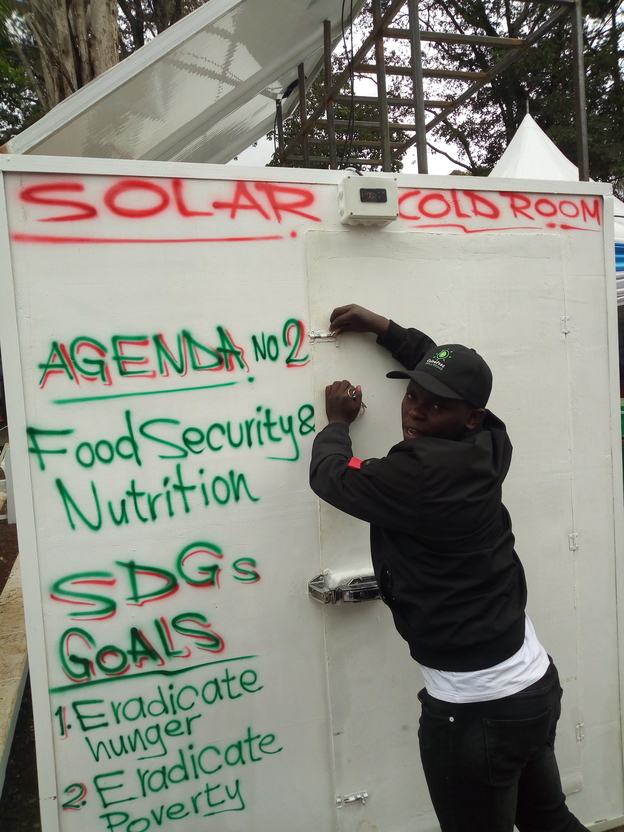
Millions of farmers across Africa can now prevent their cowpeas from destructive weevils using a low-cost innovative way of storing the legumes.
Scientists have been studying how farmers store cowpeas and learnt that a long-standing method of killing cowpea weevils involved storing the harvest inside three-layered and individually sealed plastic bags. It was assumed the pests died of suffocation something which was not to be.
Now researchers in Africa and the US have published a study of the method saying that while lack of oxygen reduces the weevils' feeding activity, what actually kills them is lack of water, and that the drier the harvest at the time of storage the harder it is for the weevils to survive and multiply.
Harvested beans are vulnerable to cowpea weevils, Callosobruchus maculatus, which can multiply rapidly. Even a small infestation can destroy an entire stored crop in a few months.
"The weevils use oxygen to produce water and so are deprived of their main water source. But some of their water, maybe 15–20 per cent, comes from the seed," said Larry Murdock, an entomologist at US-based Purdue University and lead author of the study.
Millions of triple plastic bags have already been distributed across West and Central Africa through the Purdue Improved Cowpea Storage (PICS) bags project that targets West, Central and East Africa. "The simple recommendation is to store, in a PICS bag or via other methods, your grain when it is drier, if you can, because you're reducing the supply of water and placing the weevils under even greater water stress," Murdock said.
RELATED ARTICLE: Reduced spacing increases cowpeas yields per acre
RELATED ARTICLE: Nigeria launches first GMO food crop, Pod Borer Resistant Cowpea to up production
RELATED ARTICLE: Research organization introduces cowpea varieties that can yield four tonnes per acre
The team are now investigating whether the dry, airtight environment inhibits other cowpea pests in the same way.
Scientists and researchers in Kenya have welcomed the study at a time when Kenyan farmers are struggling with post-harvest losses in cowpeas. “I strongly feel that average prices can increase 60–100 percent between harvest and the next planting season. So any improvement in storage has the potential to increase revenue by that much," said Mucheke Mugene from the Tegemeo Institute of Agriculture.
Write comment (0 Comments)
















